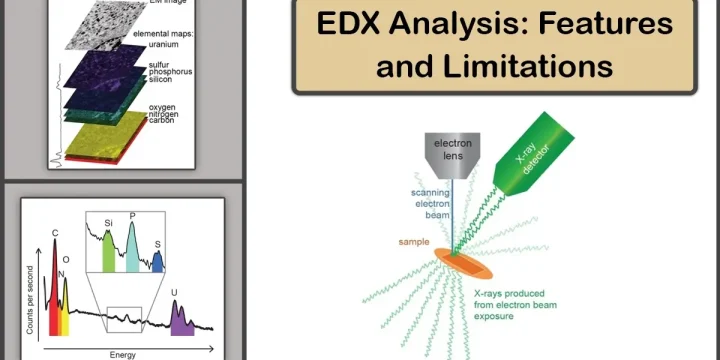
A Comprehensive Overview of Sputtering Yield
[vc_row][vc_column width="3/4"][vc_row_inner][vc_column_inner width="1/2"][vc_column_text css=""] Sputtering Yield Sputtering is caused by energetic ions bombarding a source material as the target in a plasma. The ratio of the ejected atoms from the target per incident plasma ion is known as the sputter yield. The sputter yield depends on several parameters in relation to the sputtering chamber, such as pressure, or the target material composition, and is a key factor in the sputter coating process. [/vc_column_text][vc_video link="https://youtu.be/TSpTqmIqglE?si=uriXsW92DSbf8l7X" css=""][vc_column_text css=".vc_custom_1735569121646{margin-top: -20px !important;}"] Sputtering Process: Thin Film Deposition Live with Animation [/vc_column_text][/vc_column_inner][vc_column_inner width="1/2"][vc_column_text css=""] [lwptoc backgroundColor="#d6d6d6" borderColor="#5b5b5b" skipHeadingText="References|Recent Posts|Sputter Coater|Carbon Coater|Sputter/ Carbon|Thermal|Some of Vac Coat Systems"] [/vc_column_text][/vc_column_inner][/vc_row_inner][vc_row_inner css=".vc_custom_1717000975045{background-color: #d9d9d9 !important;}"][vc_column_inner width="1/2"][vc_cta h2="" txt_align="center" style="3d" color="mulled-wine" add_button="bottom" btn_title="More About Sputtering" btn_style="3d" btn_color="juicy-pink" btn_align="center" css="" btn_link="url:https%3A%2F%2Fvaccoat.com%2Fblog%2Fsputtering%2F|title:Sputtering%20Process%20%7C%20Sputtering%20Deposition%20Method|target:_blank"][/vc_cta][/vc_column_inner][vc_column_inner width="1/2"][vc_cta h2="" txt_align="center" style="3d" color="mulled-wine" add_button="bottom" btn_title="Reactive Sputtering" btn_style="3d" btn_color="juicy-pink" btn_align="center"…









